- Kite Festival in Jaipur
- New Year Celebration in India
- Family Vacation to India
- Flights from US to India
- Adventure Tour to India
- Tourist Attractions in India
- Behind the Scenes of a Hand-painted Map
- National Parks & Tiger Reserves in Rajasthan
- Embracing Eco Tourism in Rajasthan
- Golden Triangle Tour in India
- Best Time to Visit India
- Tiger Conservation in India
- Sariska and Ranthambore
- National Tiger Day in India
- The Glowing Eyes
- In the Wild Heart of Sariska: A Journey into the Unknown
- Hide and Seek with Hyena
- Rajmata of Sariska
- Sariska Tourism
- Shankar: The Ghost of the Boulders and a Testament to Resilience
- Tigers in Sariska
- Animals in Sariska National Park, Rajasthan
- Weekend Getaway from Gurgaon
- Trip to Sariska National Park
- An unforgettable wilderness walk among Sariska's leopards
- Weekend Getaways From Jaipur
- A Dawn with Leopards
- The Leopards of Sariska
- Wildlife Photography in Sariska
- The Role of Tehla in Sariska’s Conservation Legacy
- Places to Visit Sariska
- Sariska Tiger Reserve and National Park
- Sariska Safari
- Weekend Getaway From Delhi
- Vultures of Sariska
- Deciduous Jungle of Sariska
- Mythological Importance of Sariska
- Sariska Tiger Reserve
- Avifauna of Sariska, Around the Camp, and Nearby Wetlands
- Migratory Birds of Sariska
- Boulders of Tehla
- Camera Trap
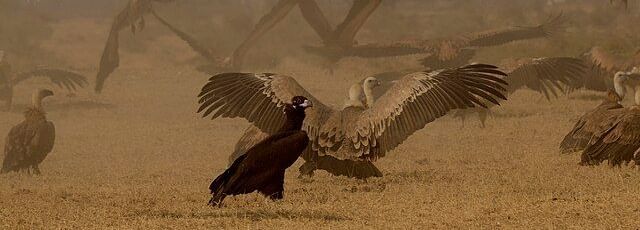
Vultures of Sariska
In the world, there are 22 species of vultures which are predominantly found in the tropical and subtropical regions. The vultures belong to the order Accipitriformes which contains two families namely Accipitridae (Old World Vultures) and Cathartidae (New World Vultures).
The New World vultures have featherless heads and necks which allows the vultures to reach inside the carcasses without the head and neck portion getting drenched with blood, which can cause bacterial infection. Many vulture species have a large pouch located in the throat region which is used to store food, an adaptation to famine and scavenging lifestyle. The beak is exceptionally strong and heavy used for tearing skin, muscle and bones. The eyes are well-developed and used to scout for carcasses during floating flight actions at noon.
Vultures are the only known obligate scavengers. They rarely attack healthy animals but may kill the wounded or sick. When a carcass has too thick a hide for its beak to open, it waits for a larger scavenger (for example Hyena, Jackals and Wild Boars) to eat first. The dead and decaying flesh acts as a breeding ground for infectious disease-causing bacteria which spread via insects. Since Vultures feed on such flesh, the bacterial transmission and disease spread is controlled.
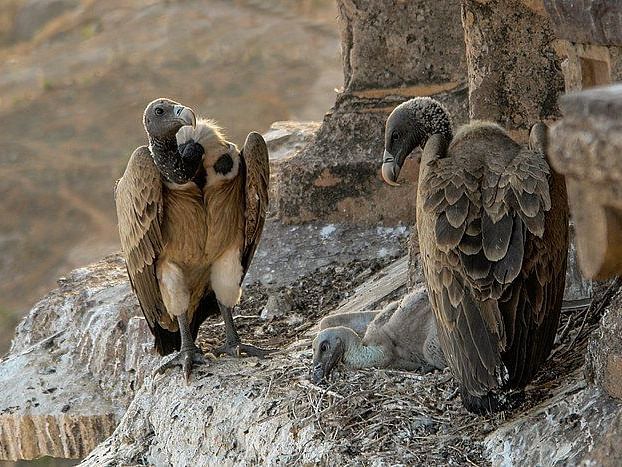
Breeding in Vultures
When compared with other Accipiter, vultures take time to mature, which is around 4-6 years old. The breeding is also slow and they just lay one egg in each clutch (although Egyptian Vultures may lay 2 to 3 eggs a year). Vultures are colonial breeders and prefer rocky cliffs and tall trees for nest building. The nest usually consists of sticks lined with green leaves and is used for many seasons until it is damaged. Vultures are monogamous (except for Egyptian vultures where extra pair copulations are observed, females sometimes associate with other males which provide help in raising the young) and all species show almost no sexual dimorphism. Both sexes are equally responsible for raising the young ones and taking care of the nests. Breeding season in India is observed in spring which starts from February end. After copulation, the egg is laid which is incubated for approximately 35-42 days. The availability of adequate food ensures successful breeding.
India: Vulture’s Paradise
India’s population is around 80% Hindu, which does not consume cattle meat as they are considered sacred due to religion. These religious beliefs actually act in favour of the vulture population, as the carcasses of cattle are left in the open field for the vultures to consume. Not only Hindus, but Parsis also help the vulture populations by basically not cremating or burying the corpse, as both these acts are considered sacrilegious. Upon the death, the corpse is placed on the Tower of Silence which is then consumed by the vultures. As per religious beliefs, the vultures act as an intermediate between earth and heaven and basically liberate the soul upon consuming the corpse.

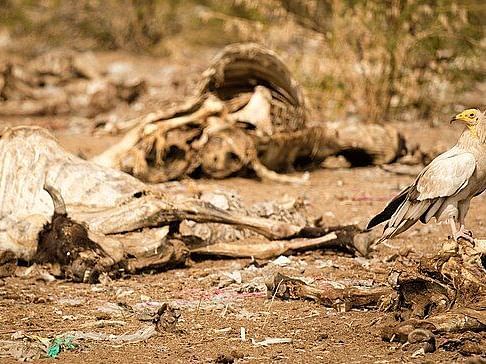
Decrease in Vulture Populations
From the early 80s till now, the vulture population has decreased by 95%. This decrease is tracked back to the mid-80s, when farmers around the world started heavily relying on 'Diclofenac', used as an anti-inflammatory drug to treat livestock's fever, inflammation, fever and pain. When carcasses of such livestock were consumed by the vultures it caused infertility and heavy dose caused death. Dr. Lindsay Oaks and his team at The Peregrine Fund found out that diclofenac was the reason which caused a decrease in the vulture population. Around 2003 the decrease in the vulture population was also noticed by the Bombay Natural History Society, and the pressures from BNHS as well as the International scientific community pressurised the government and thus veterinarians banned the use of Diclofenac in India since 2006.
Effects on Ecosystem Due to the Decline in the Population of Vultures
In the ecosystem, vultures acted as a natural animal disposal system as they consumed the rotting carcasses. However, due to the sudden disappearance of vulture populations, these carcasses became an easy feeding opportunity for feral dogs and rats. This led to an increase in the feral dogs and rat population, which were basically carriers as they were transmitting diseases (for example plague, anthrax, and rabies) causing pathogens to humans and causing large-scale deaths. Vultures on the other hand are equipped with efficient metabolism which basically destroys such pathogens, eliminating diseases altogether. Due to an increase in the feral dog populations (India is currently home to 18 million dog populations), Leopards started invading human settlements as these dogs are easy prey for them. This results in human-animal conflict and is detrimental to both the animal as well as humans.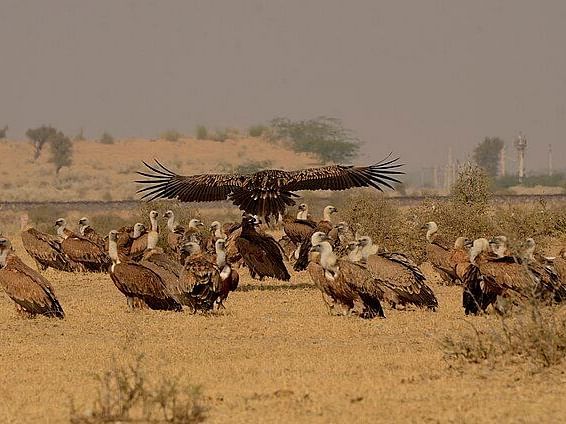
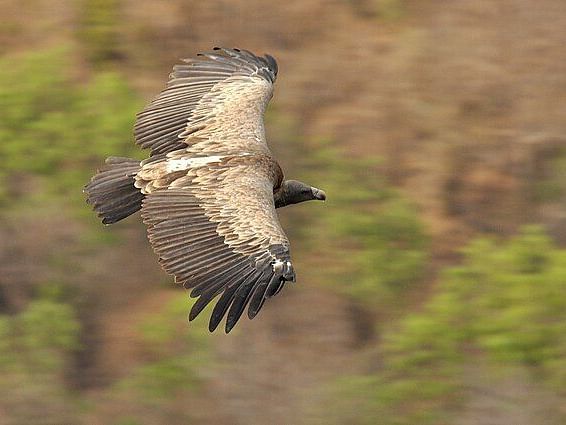
Moving Forward
Upon finding the reason for the vulture decrease, diclofenac was banned from veterinary use on March 11, 2006. This ban was followed shortly by other countries like Pakistan and Nepal which are home to many vulture species as well. A replacement drug known as ‘meloxicam’ was developed which produced the same action on livestock but showed no ill effects on vultures. With the ban on diclofenac and with protection laws in action, the current vulture population seems to be on the rise and is estimated to grow by 20% over the next 5 years.Vultures of Sariska
Sariska is an enchanting place located in the Alwar district of the state of Rajasthan. The landscape of Sariska includes hills and narrow valleys of the Aravali Mountain range. The forests of Sariska constitute grasslands, dry deciduous forests, tropical forests, and scrub-thorny arid forests. The climate of Sariska includes distinct winter, summer, monsoon and post-monsoon seasons with an overall subtropical climate. The climate and topographical terrain of Sariska provide an abode for 6 vulture species out of which some are residents whereas the other is winter migrants who visit India during the months of December, January and February from Northern regions of India (Himalayas), Pakistan, Afghanistan, Kazakhstan, and Mongolia.

Indian Vulture (Gyps Indicus)
Family: Accipitridae (Old World Vultures)IUCN status: Critically Endangered
Resident to Sariska Region
Length (L): 92 cm
Wingspan (WS): 200-250 cm
Egyptian Vulture (Neophron Percnopterus)
Family: Accipitridae (Old World Vultures)IUCN status: Near threatened
Resident to Sariska region
Length (L): 65 cm
ingspan (WS): 150-170cm
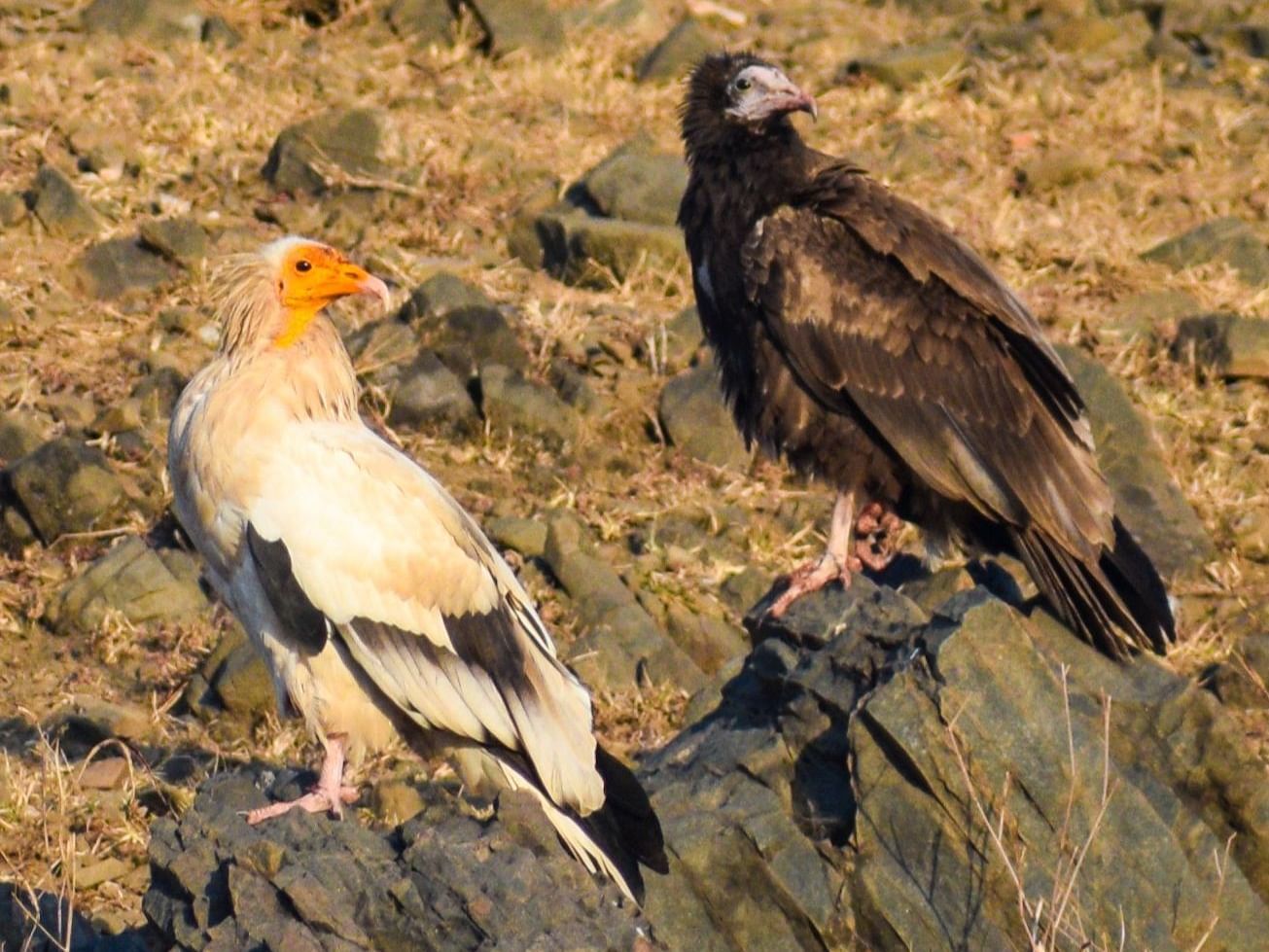
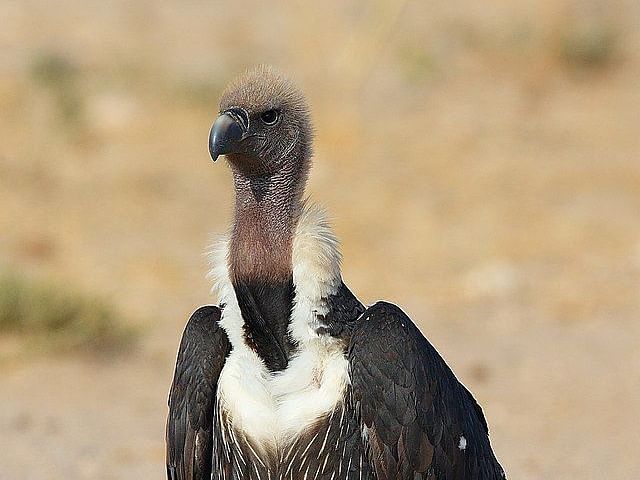
White-rumped Vulture (Gyps Bengalensis)
Family: Accipitridae (Old World Vultures)IUCN status: Critically endangered
Resident to Sariska region
Length (L): 85-90 cm
Wingspan (WS): 195-210 cm
Cinerous Vulture (Aegypius Monachus)
Family: Accipitridae (Old World vultures)
IUCN status: Endangered
Winter migrant
Length (L): 100-105 cm
Wingspan (WS): 250-310 cm
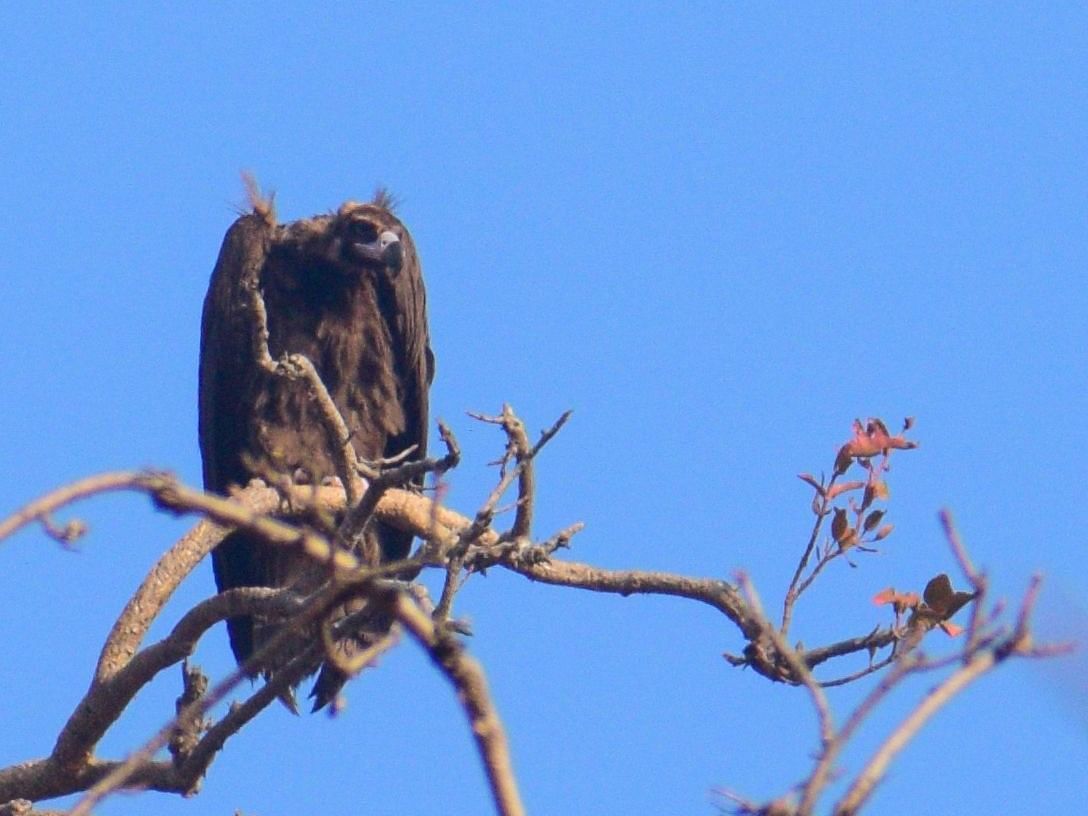
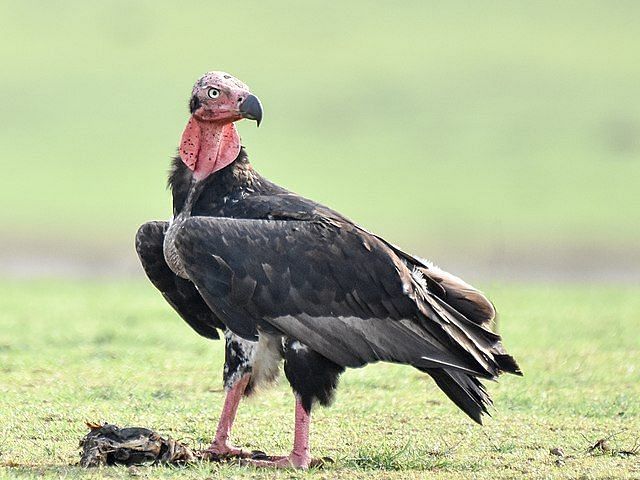
Red-headed Vulture (Sacrogyps Calvus)
Family: Accipitridae (Old World Vultures)IUCN status: Critically endangered
Resident to Sariska region
Length (L): 84 cm
Wingspan (WS): 200-230 cm
Eurasian Griffon Vulture (Gyps Fulvus)
Family: Accipitridae (Old World Vultures)
IUCN status: Least concern
Winter migrant
Length (L): 100 cm
Wingspan (WS): 235-270 cm
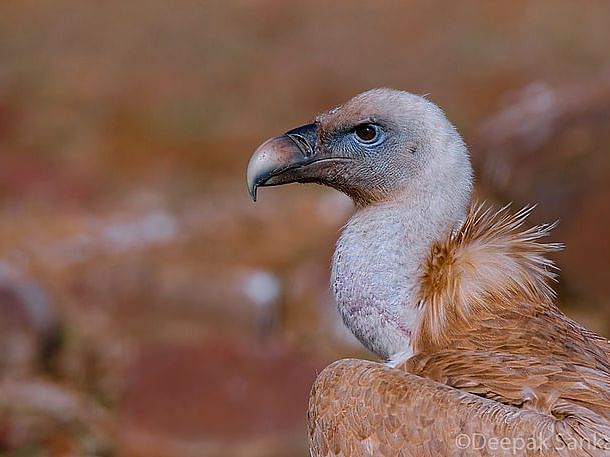
Other Blogs
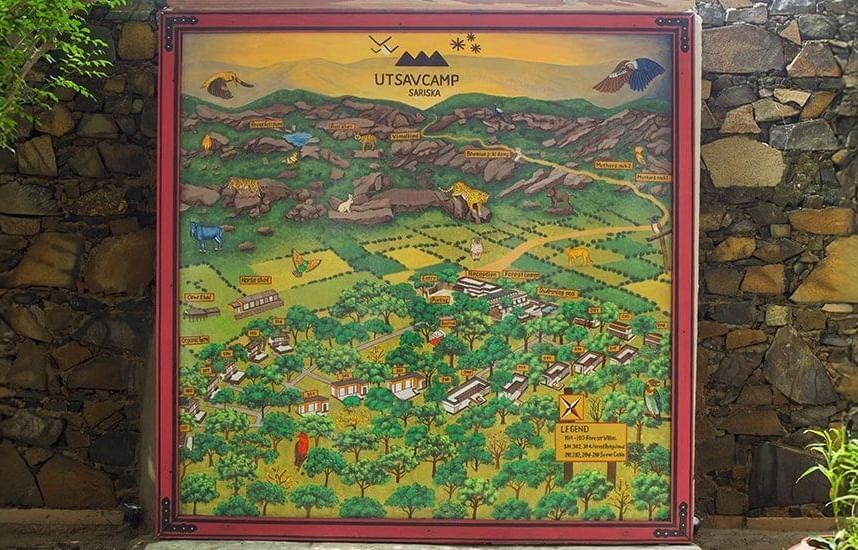
Behind the Scenes of a Hand-painted Map
Behind the scenes of Utsav Camp Sariska’s hand-painted Naturalist Map—7 days of artistry capturing the wild spirit of Sariska Tiger Reserve.
Read More
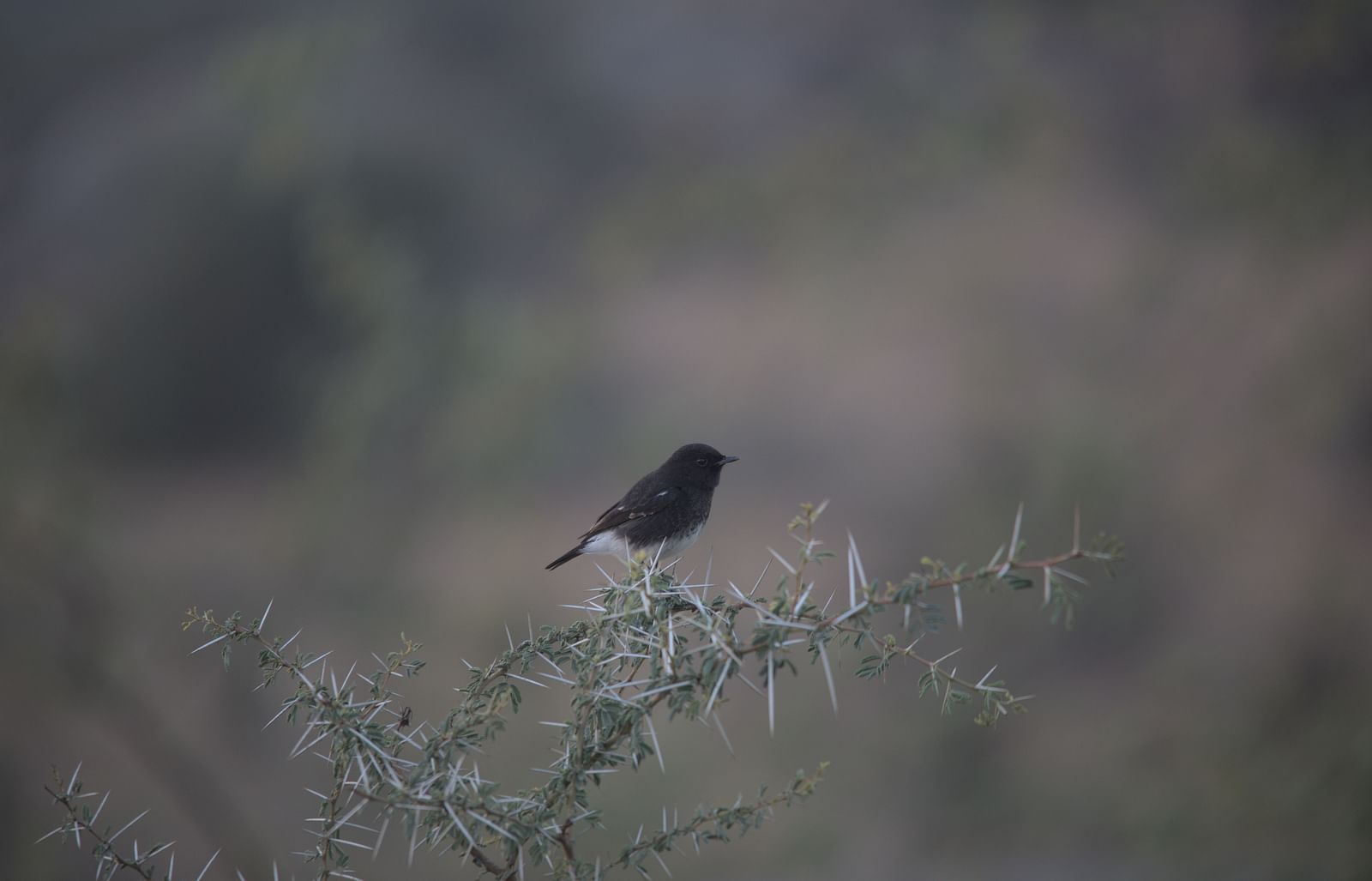
Deciduous Jungle of Sariska
The deciduous jungle of Sariska is home to a variety of trees and plants, each with significant medicinal and commercial value. Discover more about these remarkable species in this detailed guide.
Read More
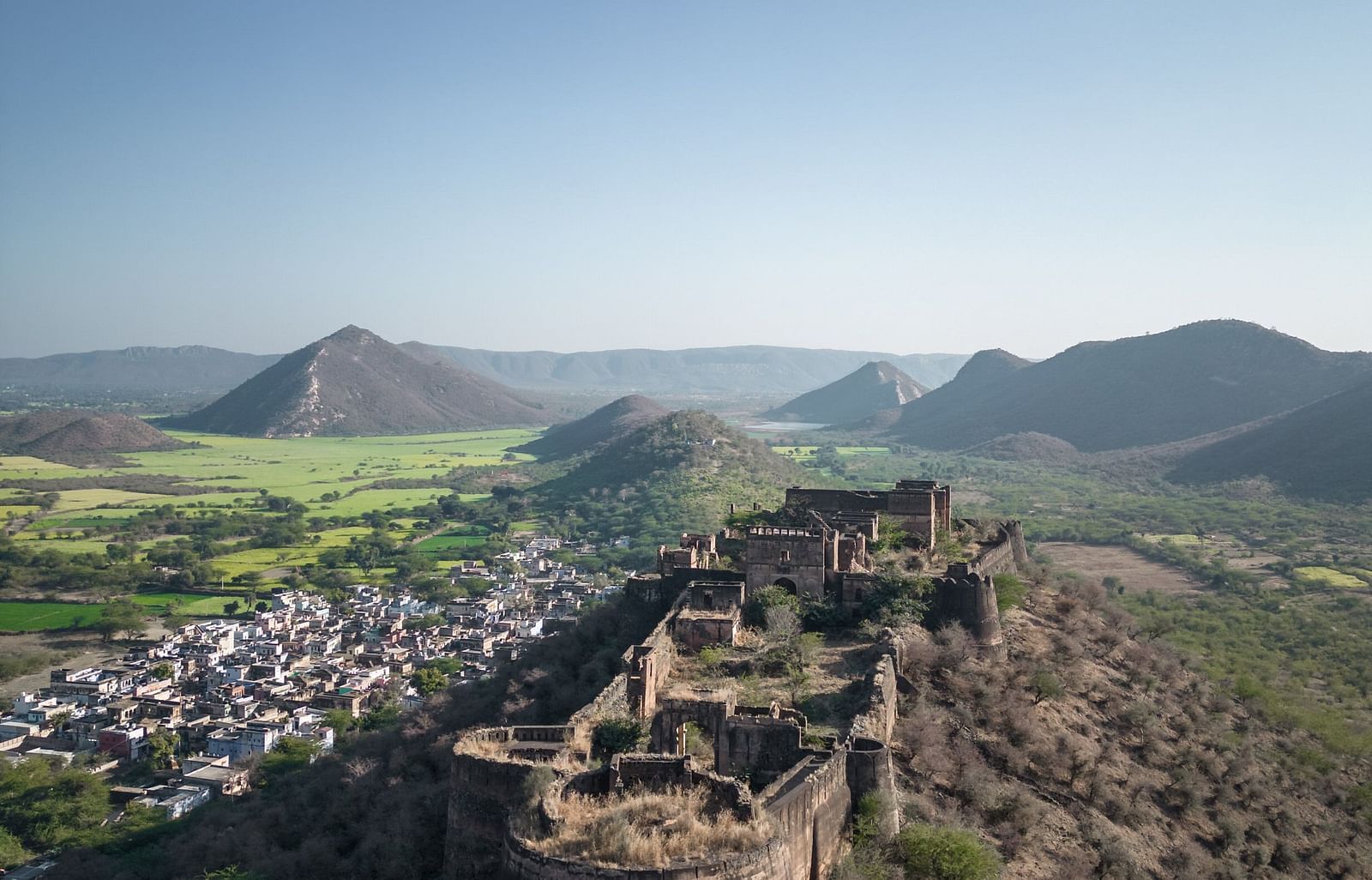
Mythological Importance of Sariska
Learn about the mythological significance of Sariska, including its temples, forts, and more, in this insightful blog.
Read More

Sariska Tiger Reserve
Uncover Sariska Tiger Reserve in Alwar, Rajasthan! Delve into its history, park timings, and more in this detailed blog.
Read More
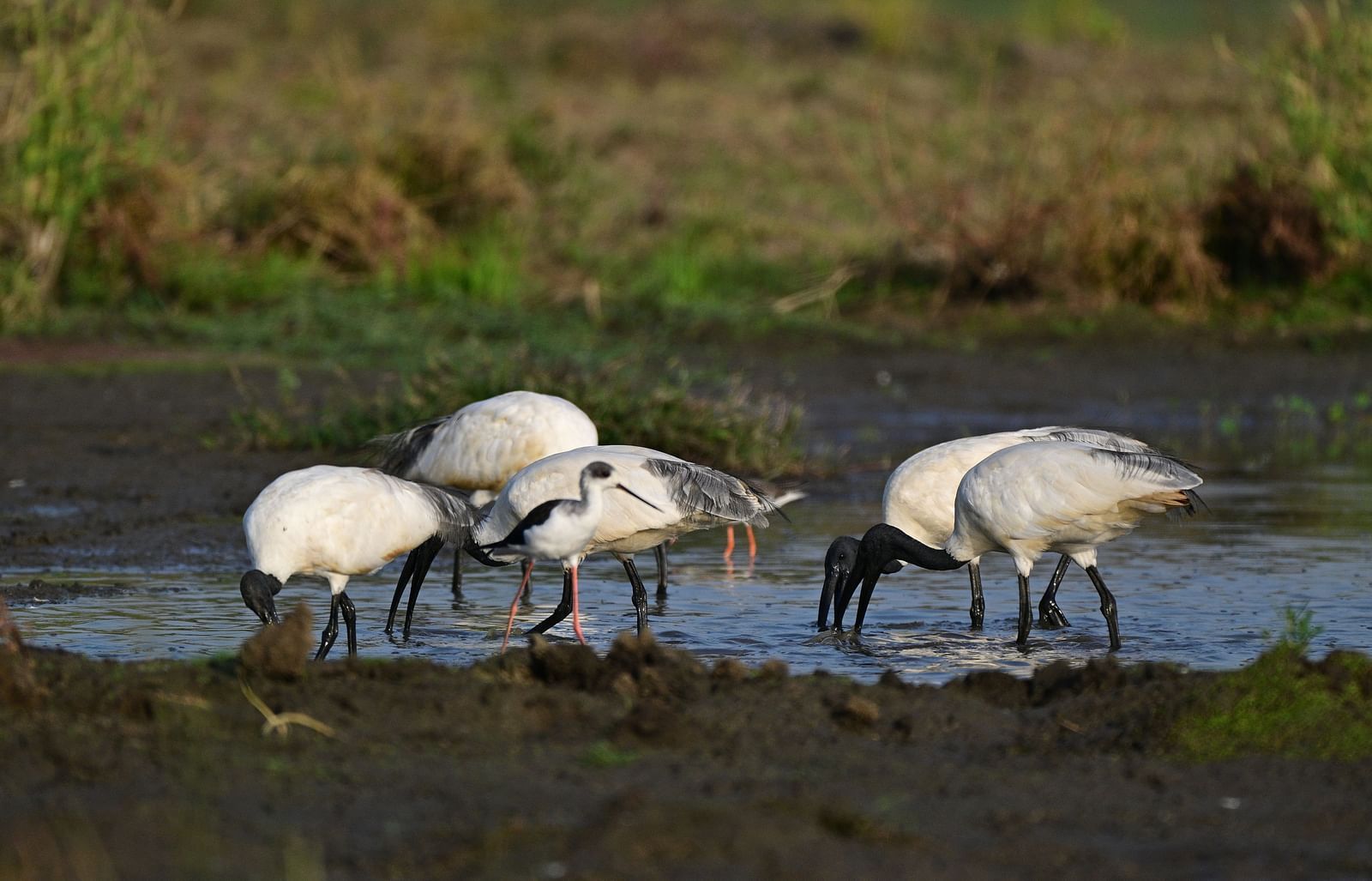
Avifauna of Utsav Camp Sariska, Around the Camp, and Nearby Wetlands
Explore the Avifauna of Utsav Camp Sariska, with diverse bird species around the camp and nearby wetlands, offering a birdwatcher's paradise and serene natural beauty.
Read More
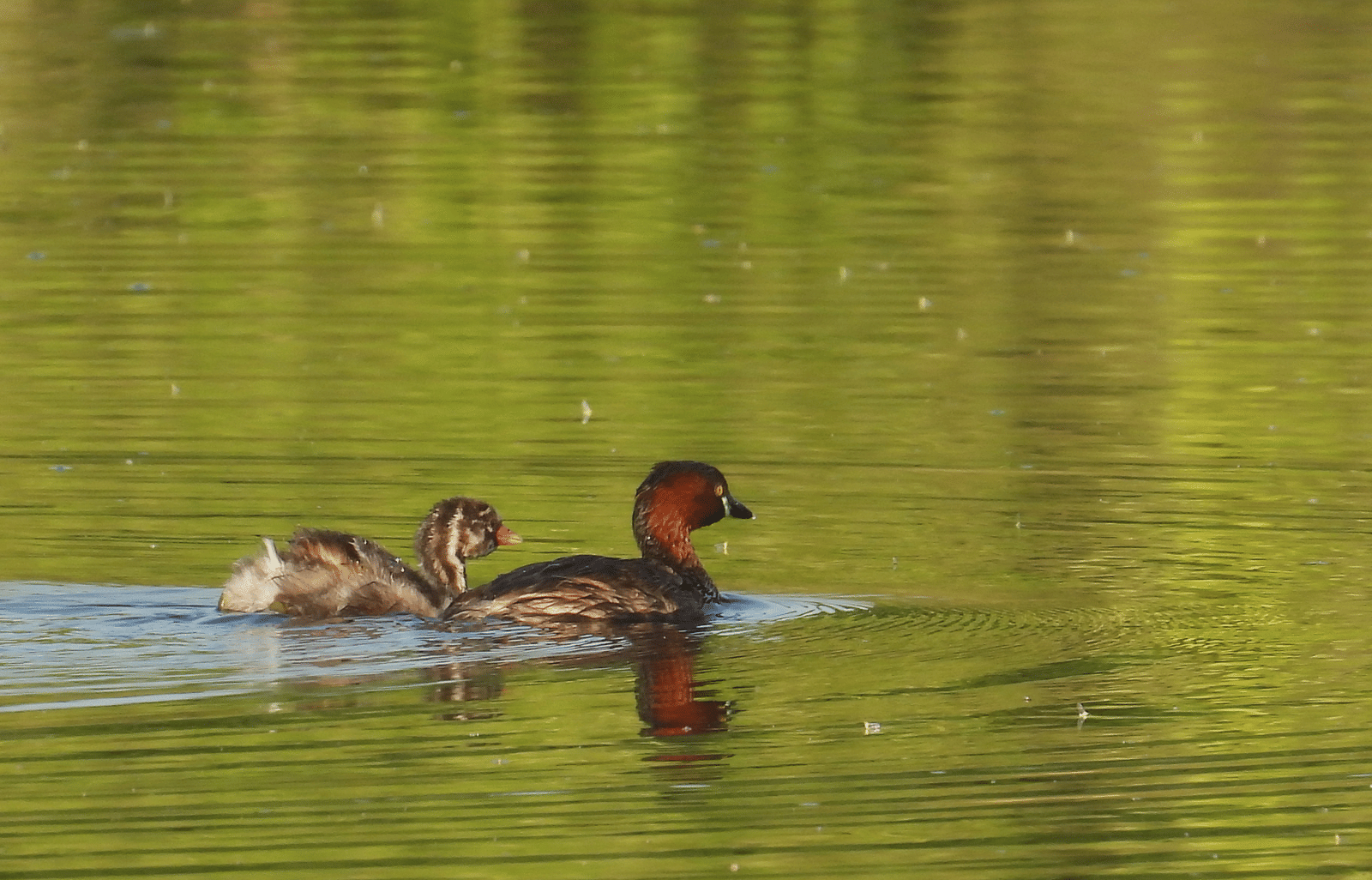
Migratory Birds of Sariska
Delve into the migratory birds of Sariska and discover their seasonal migration patterns in this insightful blog.
Read More
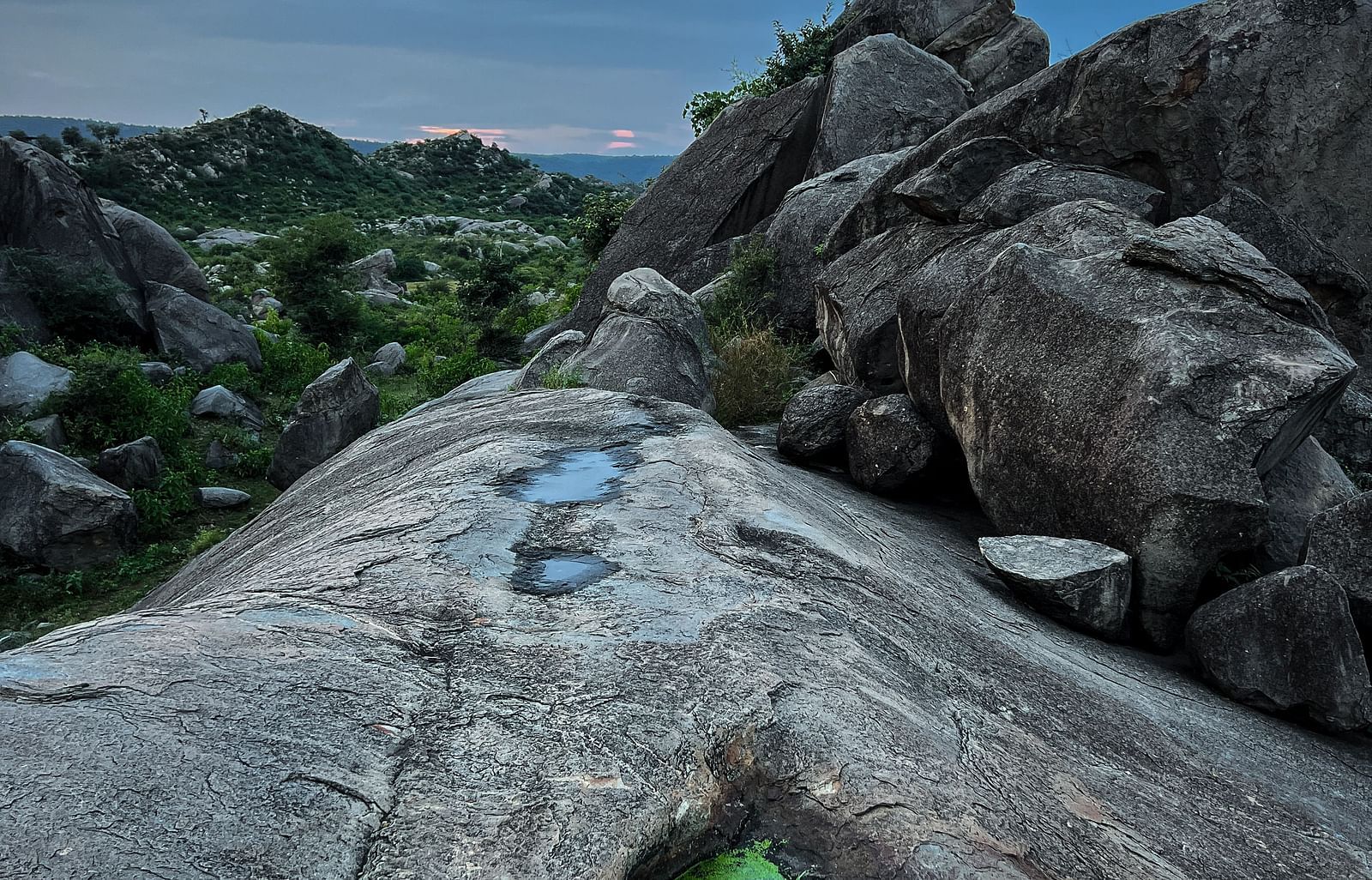
Boulders of Tehla
Explore the enchanting world of Tehla's boulders, and its diverse flora and fauna, beautifully depicted in this detailed blog.
Read More
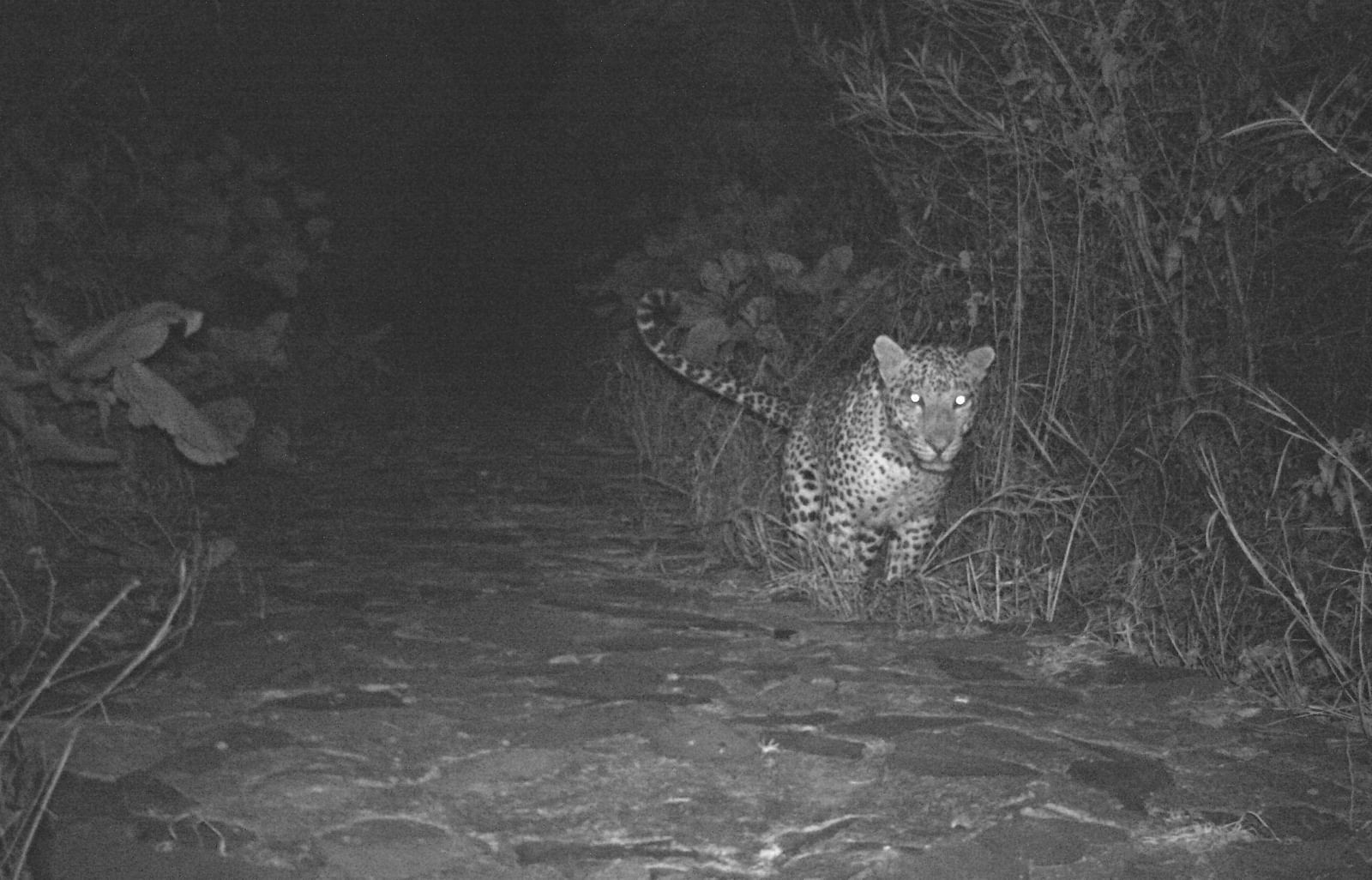
Camera Trap
Camera traps are used to record notable animal behaviour changes over a decade. Learn how we use them at Utsav Camp Sariska to monitor the wildlife surrounding us.
Read More
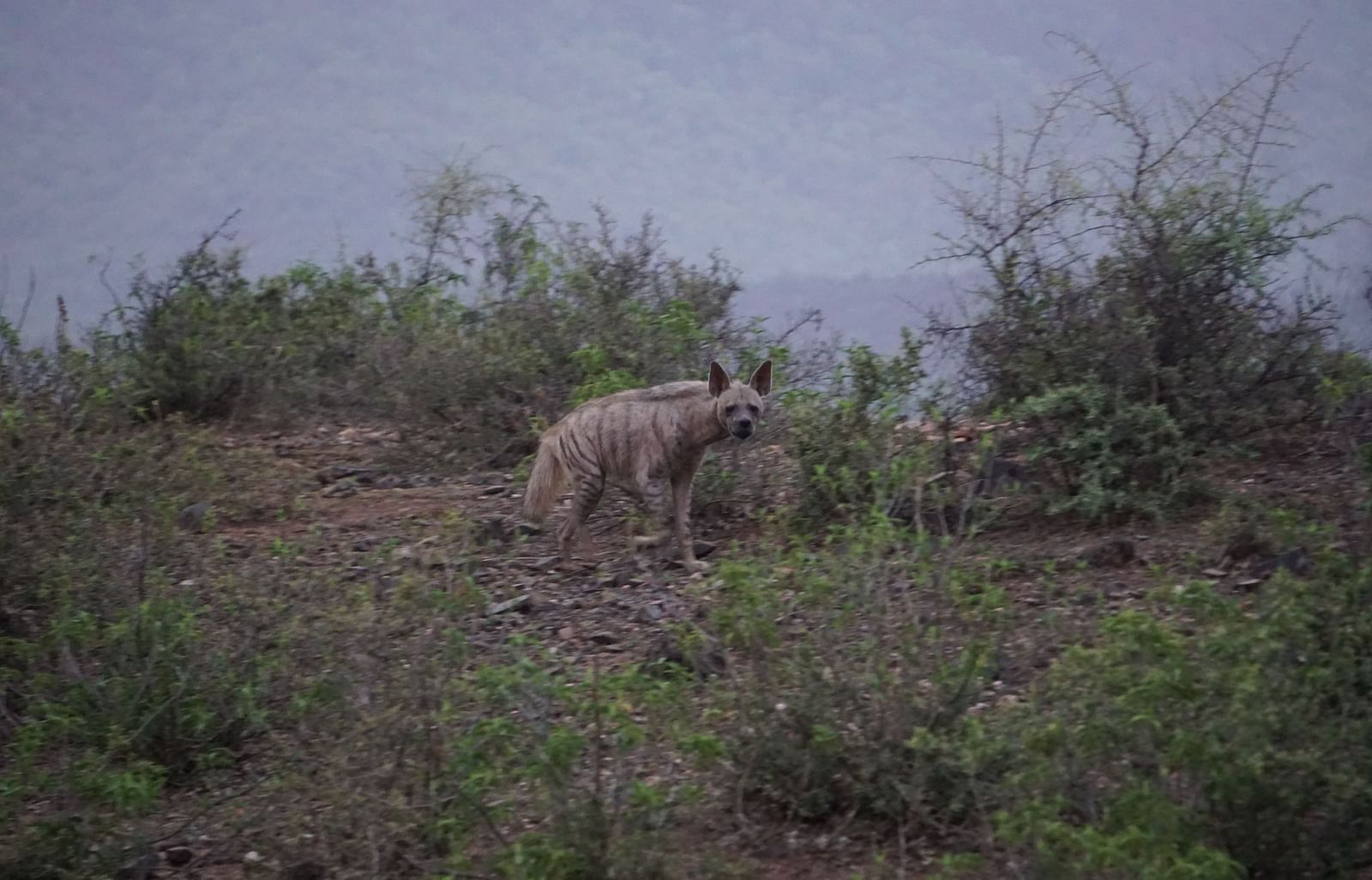
Hide and Seek with Hyena
Away from the labs of The Maharaja Sayajirao University of Baroda, into the wilderness of boulders, this was the first time I came out of my comfort zone and got an opportunity to work at Utsav Camp Sariska as an intern.
Read More
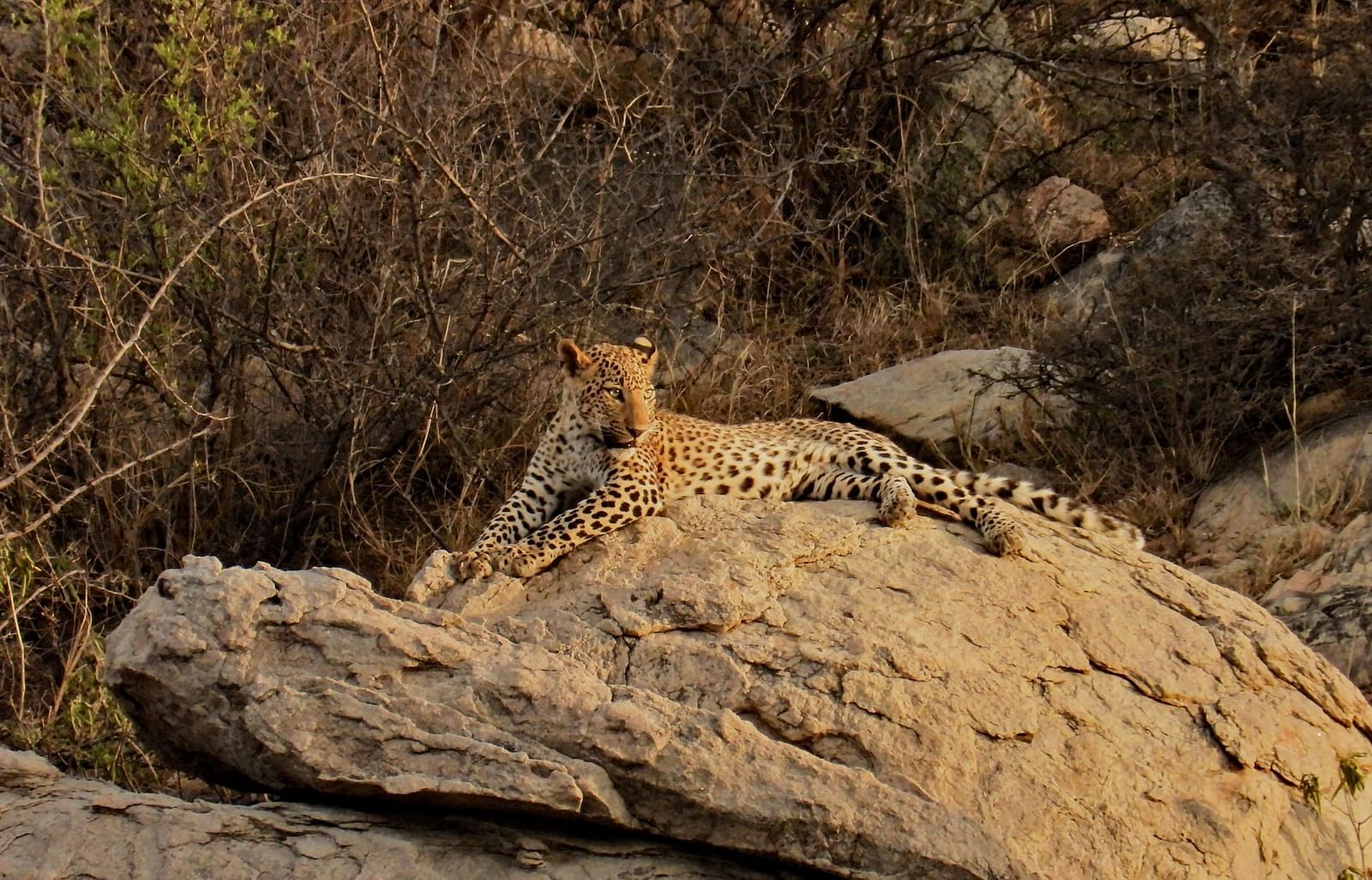
In the Wild Heart of Sariska: A Journey into the Unknown
An intern’s first encounter with the wild at Sariska—from leopard sightings to silent sunsets, a journey into nature, guided by expert naturalists and deep curiosity.
Read More
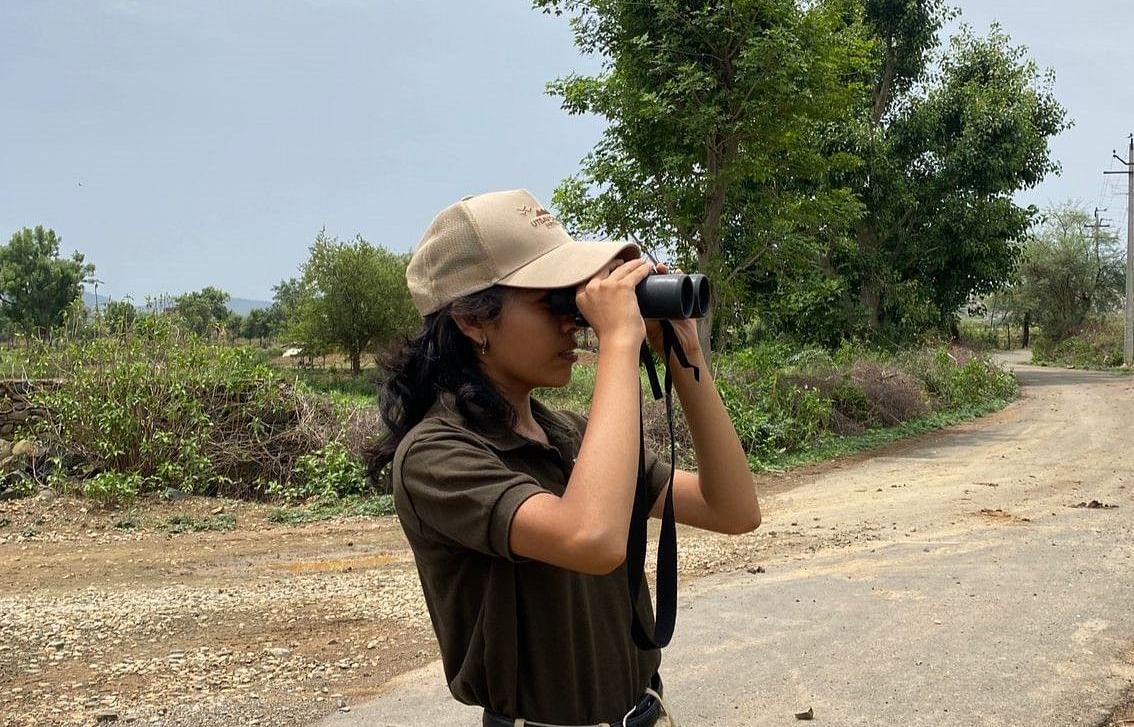
The Glowing Eyes
A thrilling morning in Sariska as glowing eyes in the dark lead to an unforgettable leopard encounter and wild insights.
Read More